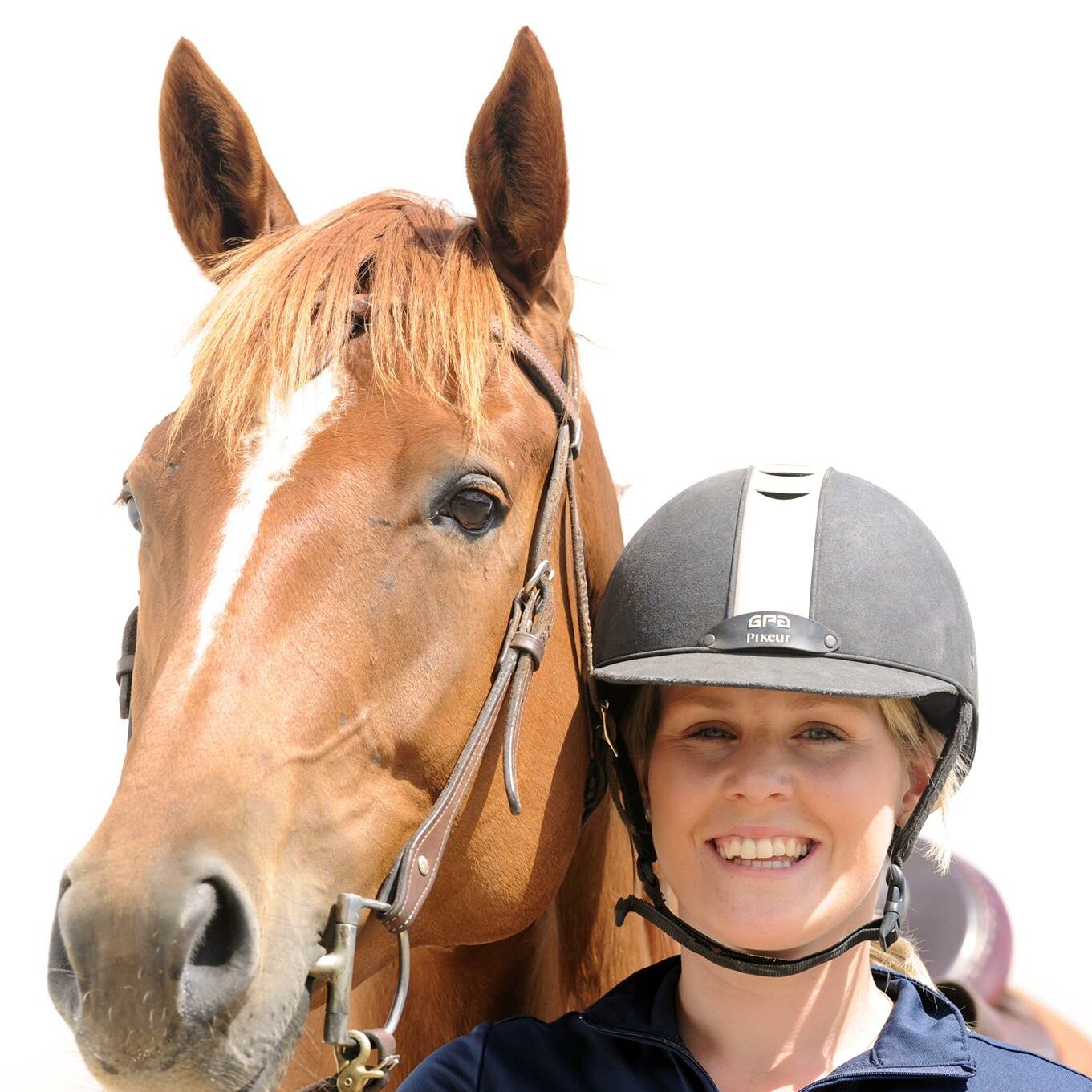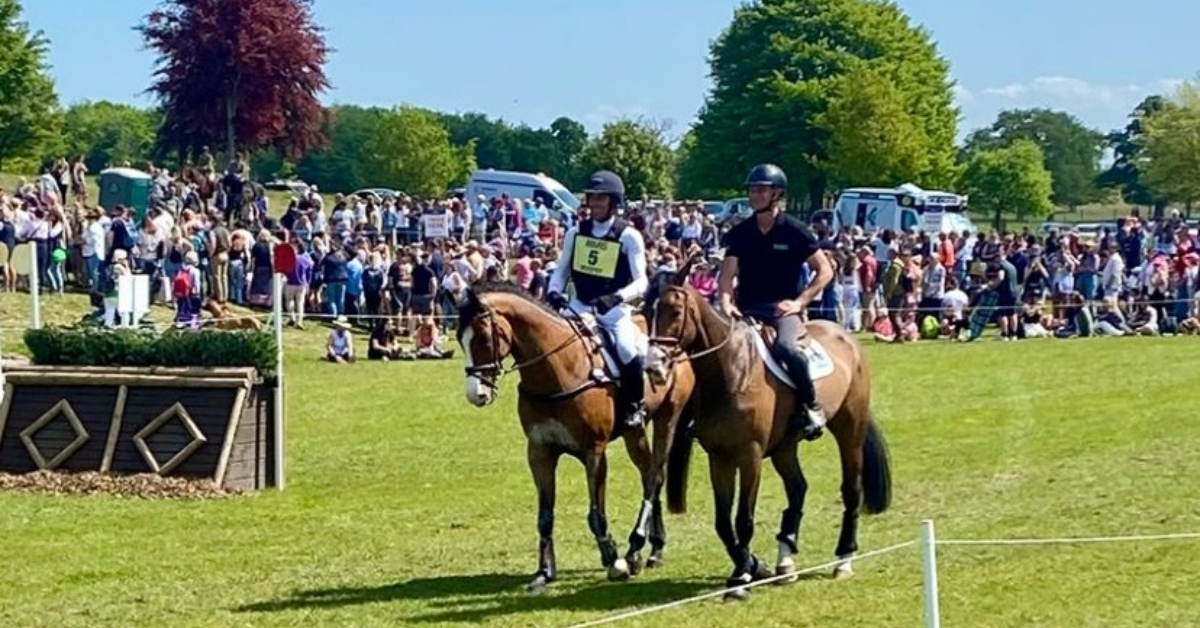The parable of the second arrow is well known in Buddhist teaching. The story goes that one day the Buddha was speaking with a group of his followers about our human habit of being down on ourselves when something goes wrong or misfortune befalls us & how this habit imprisons us in further suffering.
The Buddha described the first arrow as the painful event & the second arrow as our reaction to the event. We can’t always control the first arrow, but we have a degree of influence over the second arrow.
When something doesn’t go our way, we usually have a set of conditioned responses that we draw on.
Such as;
I think we can all agree that life with horses is a challenging one, with many bumps in the road & challenges to overcome, this makes it all the more important to get a handle on our thinking habits.
How Can I Change My Second Arrow Habit? By Recognising the Second Arrow When You See It
First of all, we need to recognise our pattern of engagement with the second arrow, what is our usually response when something goes wrong? Writing down the answers to these questions can be a useful way to unpack our relationship with the second arrow.
| Example You are riding your horse at home in the arena you jumped a couple of cross poles all went well, you decided to jump an oxer & your horse got a bit close & knocked the fence. It felt uncomfortable in your body & then your thoughts start spiraling; ‘Now I can’t go to the show on Saturday, not if we can’t even jump a simple fence at home’ ‘Everyone will be looking at me’ ‘It’s my own fault because I can’t ride properly’ ‘If Jane had this horse she would be able to get the best out of it’ ‘Who am I fooling I’m useless’ ‘I could sell all my gear & go on a cruise & be happy… but I wouldn’t actually be happy because I love showjumping (insert defeated groan)’ ‘I am so useless at this, I would be better off to just give up’ ‘Why can’t I just be like everyone else & have fun with my horse’ ‘It’s always me’ Looking at the above example it’s clear to see the escalation of response from blame, to negative self-talk, social comparison & all the way back to catastrophizing. This pattern can escalate so quickly that we are in quite deep before we notice what we are doing to ourselves. In these situations, we are not only launching the second arrow, but perhaps a third, fourth & fifth arrow for good measure. |
Does any of this sound familiar?
It definitely does to me; I have been there & I have several t-shirts. When you see your pattern of response, you can do something with it. We all have very strong neural pathways in our brain, which are basically super highways for our thoughts, behaviours, responses & reactions. Much like a physical pathway on the ground, if you keep going over the same route, it becomes a habit, this is the same with our thoughts & behaviours. Often times people view a habit as a physical thing that we engage in, but it can also be a thinking or mindset habit. Destructive habits hold us back & hamper us from reaching our full potential.
However, the good news is that you can create new routes & pathways. Neuroplasticity is the ability of our brain to change & evolve, it is one of the most exciting developments in neuroscience in the last 30 years, we are not static, we can change.
These changes may be challenging at first, but you are not stuck with certain thinking habits or behaviours.
Body Check In
Where do you feel the discomfort physically? Emotion almost always have an associated sensation (pulsing, numbness, vibration, fluctuations in temperature) check in with your body, be curious about how it feels, breathe into the discomfort, imagine on the out breathe that some of the discomfort is dissipating & leaving your body.
Will this feel uncomfortable at first? Yes, but it will be worth it. Checking in with your body is an excellent pattern interrupt. I use somatic & breath work personally & with clients to great effect.
Reframe Your Thoughts:
Instead of dwelling on the negative aspects of a situation, focus on the positive aspects. For example, if you experience a setback with your horse, instead of ruminating on your failure, focus on the lessons you can learn from the experience.
What did you learn about yourself?
What did you learn about your horse?
What could this experience be teaching me?
How would you advise a much-loved friend in the same situation?
Remind yourself that these feelings will pass
In summary Stress Affects Us All, but there is so much we can do to minimize our stress & live our equestrian lives with greater joy, ease & connection to ourselves & our horses.
Happy Horsing,
Helen


Share
Your subscription is 100% Free for our first year, No credit card details required.

The Judging Concerns That Keep Coming Back — And Why They Can’t Be Ignored Anymore We didn’t make it to

There are few sporting events that live up to the hype. Wimbledon? Too many strawberries. Cheltenham? Too many suits. But

British Veterinary Association publishes full response to Competition and Markets Authority’s proposed remedies for veterinary market for household pets. The